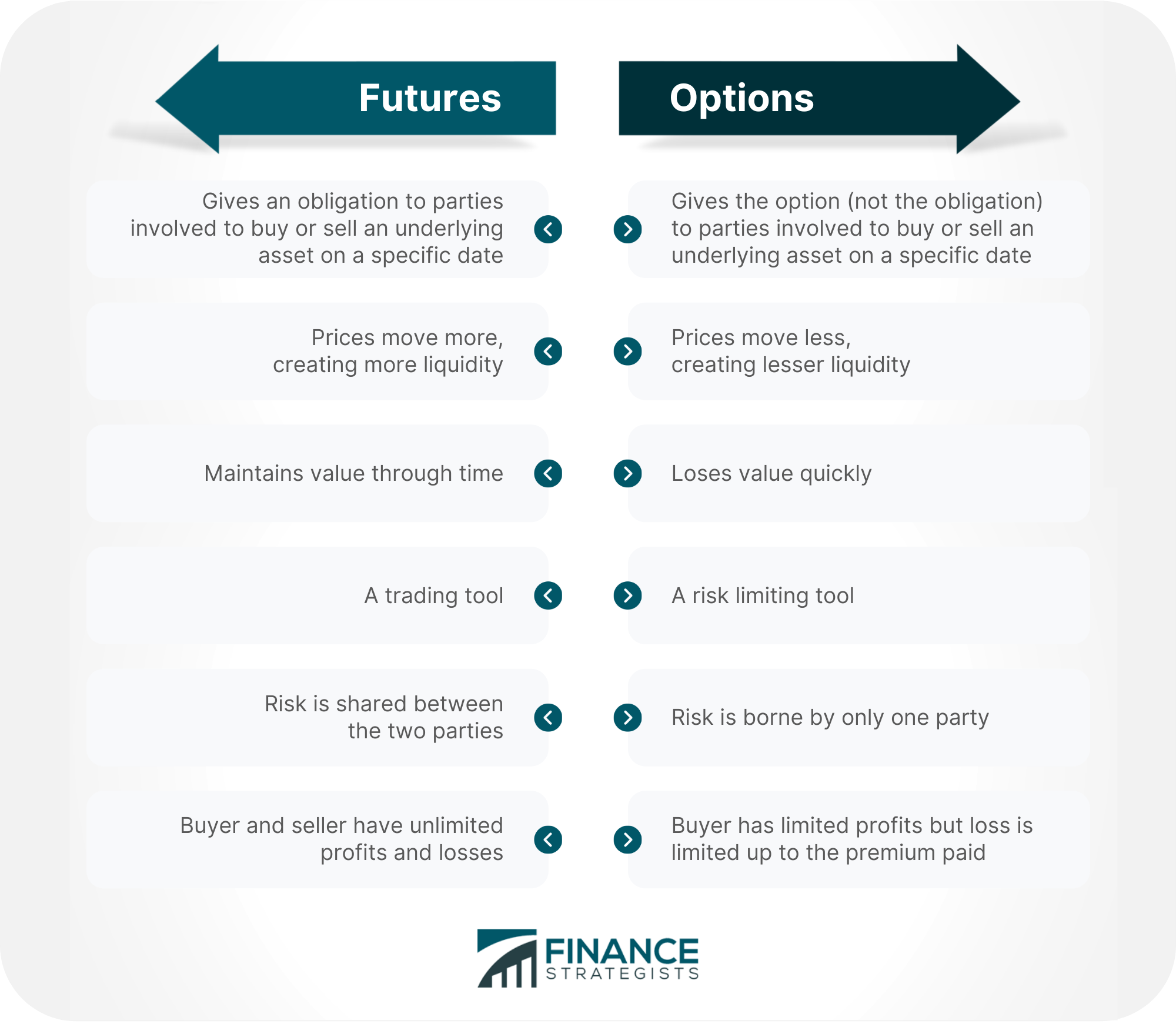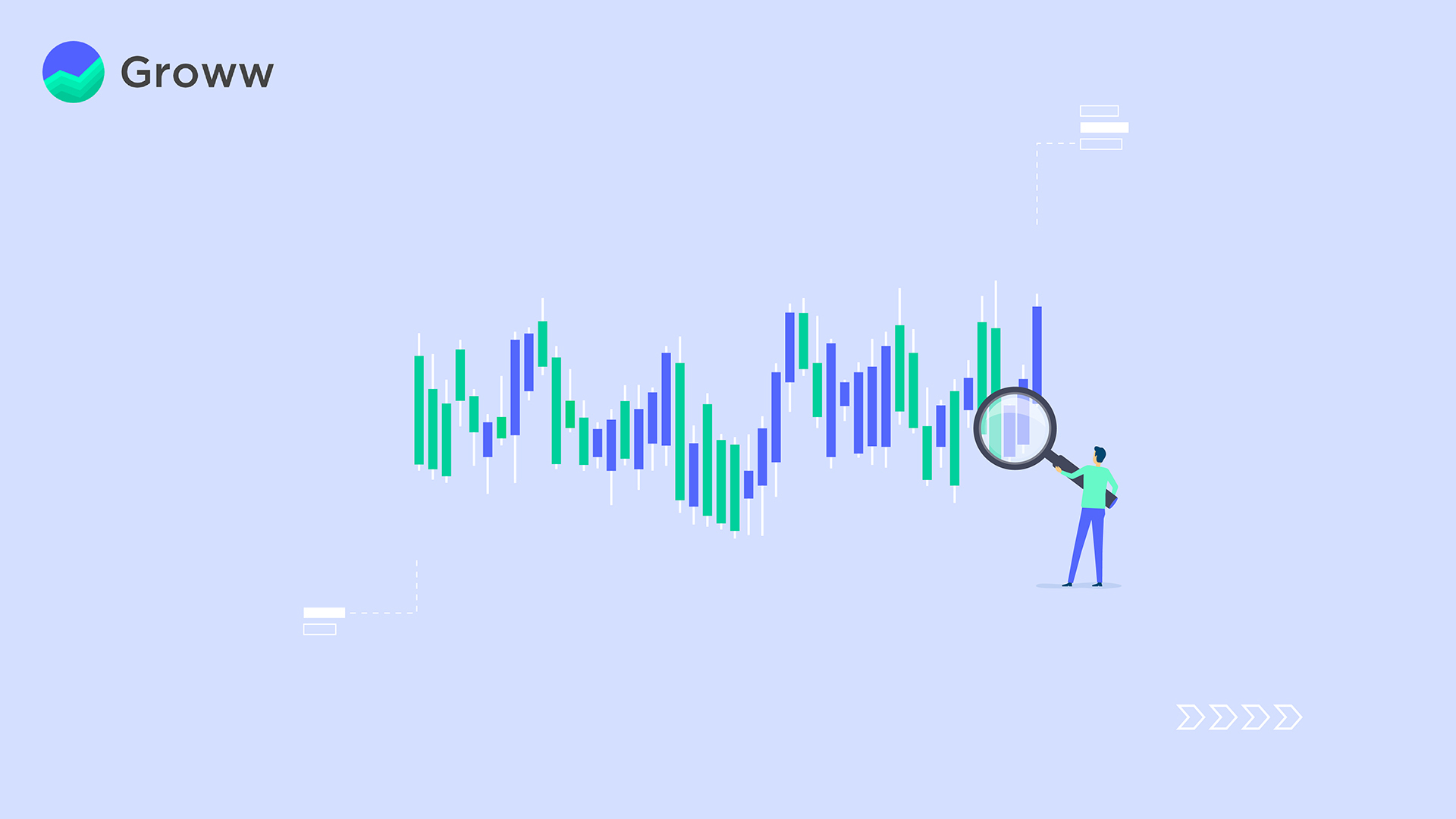In a bustling financial landscape, options and futures trading have emerged as formidable instruments for discerning investors seeking to unlock market opportunities. I still remember my first foray into the realm of options trading, the exhilaration of placing my initial order, and the anticipation of witnessing its outcome. It was a mesmerizing realization of how these financial tools could amplify both gains and risks, demanding precision, timing, and a deep understanding of market dynamics.

Image: learn.financestrategists.com
To harness the potential of options and futures, it is imperative to establish a foundation of knowledge and master a repertoire of effective trading strategies.
Decoding Options Trading: A Gateway to Market Opportunities
Options, akin to financial contracts, empower traders to speculate on the potential future price movements of underlying assets. These contracts convey the right, but not the obligation, to either buy (in the case of call options) or sell (for put options) the underlying asset at a predetermined price on or before a specified date. Understanding the intricacies of options trading requires an exploration of concepts such as strike price, expiration date, and premiums, which form the cornerstone of successful option strategies.
Futures contracts, on the other hand, are standardized agreements to buy or sell an underlying asset, such as commodities, indices, or currencies, at a predetermined price on a future date. Futures trading offers traders the opportunity to hedge against price fluctuations and leverage market movements for potential profit. It necessitates a comprehensive grasp of concepts like contract specifications, margin requirements, and settlement processes.
The Art of Options and Futures Trading: A Guide to Effective Strategies
Within the realm of options and futures trading, a plethora of strategies exist, each tailored to specific market conditions and risk tolerance levels. Covered calls, for instance, involve selling covered call options against stocks held in an investor’s portfolio, generating income via option premiums while limiting downside risk. Put options, on the other hand, can serve as a defensive mechanism against potential price declines, providing downside protection during periods of market uncertainty.
Futures trading presents a distinct set of strategic approaches. Scalping, a high-frequency trading strategy, involves exploiting short-term price fluctuations to accumulate small but consistent profits. Swing trading, in contrast, focuses on capturing larger price swings over a period of several days or weeks, requiring meticulous technical analysis and patience. Another effective strategy is pairs trading, which entails identifying and exploiting price relationships between similar assets to potentially generate alpha.
Market Trends and Innovations: Navigating the Evolving Landscape
The world of options and futures trading is in a constant state of flux, influenced by macroeconomic trends, technological advancements, and regulatory changes. The rise of automated trading platforms and advancements in data analysis techniques have transformed the way traders execute and monitor trades, offering unprecedented levels of efficiency and precision.
Additionally, the emergence of new asset classes, such as cryptocurrencies and environmental, social, and governance (ESG) investments, has expanded the horizons of options and futures trading. As these trends continue to shape the market landscape, traders must remain vigilant in adapting their strategies to stay abreast of evolving opportunities.

Image: margex.com
Tips for Enhancing Your Trading Prowess
To navigate the complexities of options and futures trading effectively, several key principles should be ingrained in your approach:
Frequently Asked Questions: Unraveling Common Trade Queries
Q: What is the primary difference between options and futures?
A: Options provide the right but not the obligation to buy or sell an underlying asset, while futures contracts represent a binding obligation to complete the transaction at a predetermined price on a future date.
Q: How do I determine the profitability of an options strategy?
A: The profitability of an options strategy is determined by comparing the premium received or paid with the price change of the underlying asset relative to the strike price.
Q: What are the key factors to consider when choosing a futures trading strategy?
A: When selecting a futures trading strategy, consider your risk tolerance, the volatility of the underlying asset, and the time horizon for your trades.
Trading Strategies Using Options And Futures

Image: groww.in
Conclusion: Embracing the Power of Options and Futures
The world of options and futures trading presents a compelling opportunity for investors seeking to harness market dynamics and potentially generate substantial returns. By mastering the complexities of these financial instruments and employing effective trading strategies, traders can unlock the potential of this dynamic and rewarding investment realm. Remember, whether you are a seasoned trader or embarking on your trading journey, continuous learning, prudent risk management, and an unwavering commitment to improvement are the keys to unlocking success in this ever-evolving market landscape. Are you ready to embark on the exciting path of options and futures trading?






